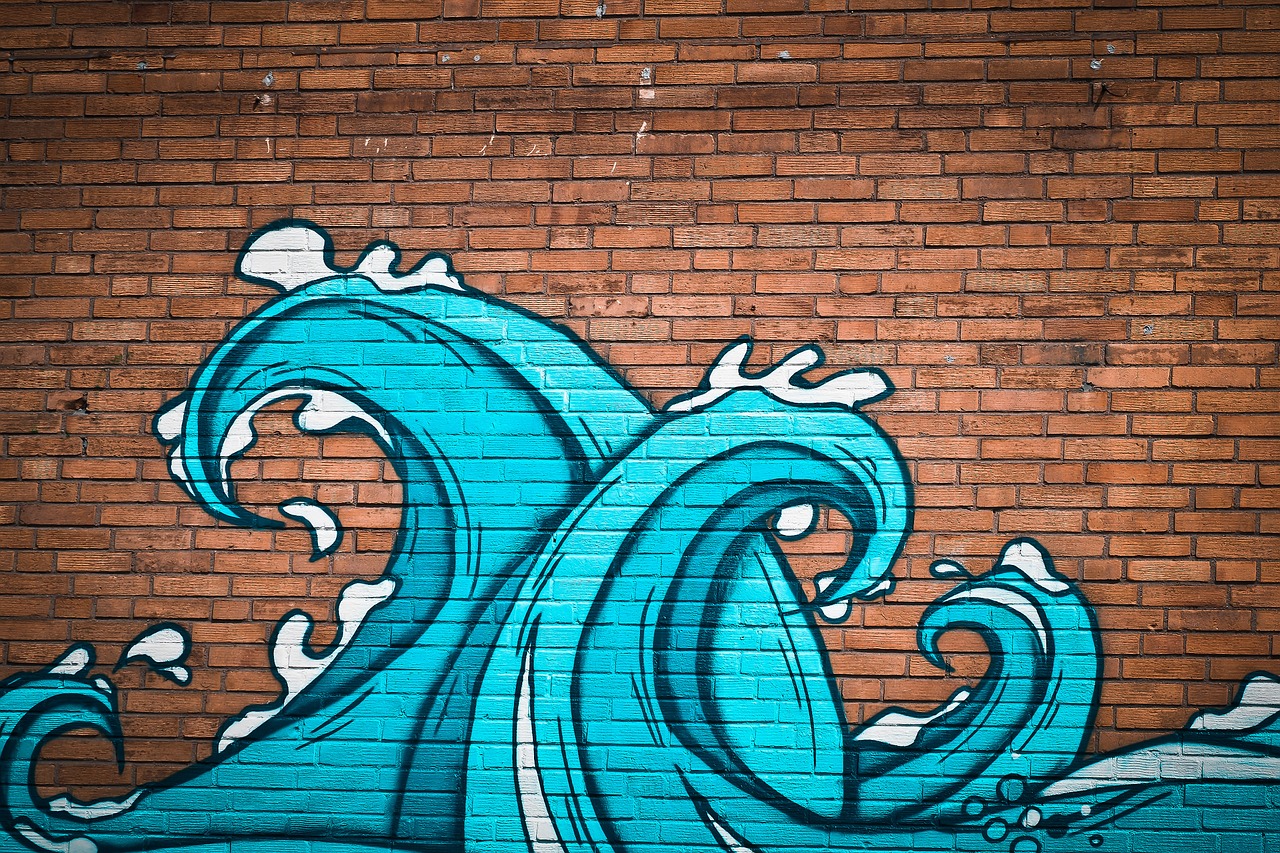What is the first thing one notices about a hotel?
Yes, there is the exterior, the landscaping, the smooth opening glide of the lobby doors; but what you’re really describing when you name these things can be summed up in one simple word: atmosphere.
The atmosphere is key in maintaining a successful hotel. No one wants to stay somewhere that reminds them of their grandma’s closet that smells vaguely of mothballs, or of the walls of their middle school cafeteria—the one that gave them food poisoning three times.
One of the most important aspects of cultivating a welcoming and inviting atmosphere, if not the most important aspect, is color.
Color can seep under someone’s skin, make them dislike a hotel without really knowing why. Or, color can make a hotel the most inviting and comfortable place to say.
How do you choose the correct color?
First, think of the image you want to portray. Where is your hotel located? A hotel on the shores of some tropical beach might look best draped in shades of turquoise, navy blue, and white. One nestled in a forward-thinking city might want to show off its modernity with fashionable, sharp-edged whites, or muted grays. Color can bring life and atmosphere to a hotel, making the hotel just as much a resort as its location.
Whatever the atmosphere you want to convey, color is definitely one of the first things you should consider.
What colors should you stay away from? Anything that hurts the eye or has negative connotations is a bad idea. For example, very, very few people want to stay in a hotel with the eyesore of neon walls, or sickening yellow-brown walls. However, the opposite side of the spectrum, where bland and dull colors like beige reside, can be just as bad.
Numerous studies have proven that color can affect a person’s attitude. An article in the US National Library of Medicine states that “increased red can convey anger, embarrassment . . . or greenish tint can convey illness or poor physiological condition.” This just goes to show that color can affect the human experience on a large scale.
Warm colors, like red and orange, are commonly associated with tension and
aggravation. On the other hand, cool colors like blue and purple are cited as being calming and relaxing. These are important things to consider when designing the layout of your hotel’s rooms; however, a well-placed red can add depth and sophistication to a room.
It’s not always what color you choose that matters, but how you choose to use that color. Glaring neon might become exciting if strategically placed. Light and soft colors can open up an otherwise stuffy room. Dark and rich colors can amp the energy of a room and bring an elegant or imposing aspect of your hotel.
Ultimately, if something as crucial as color goes neglected, your hotel ratings may very well drop. But pay attention to color, and watch your hotel transform from a nondescript, impersonal temporary residency to an inviting home away from home.

